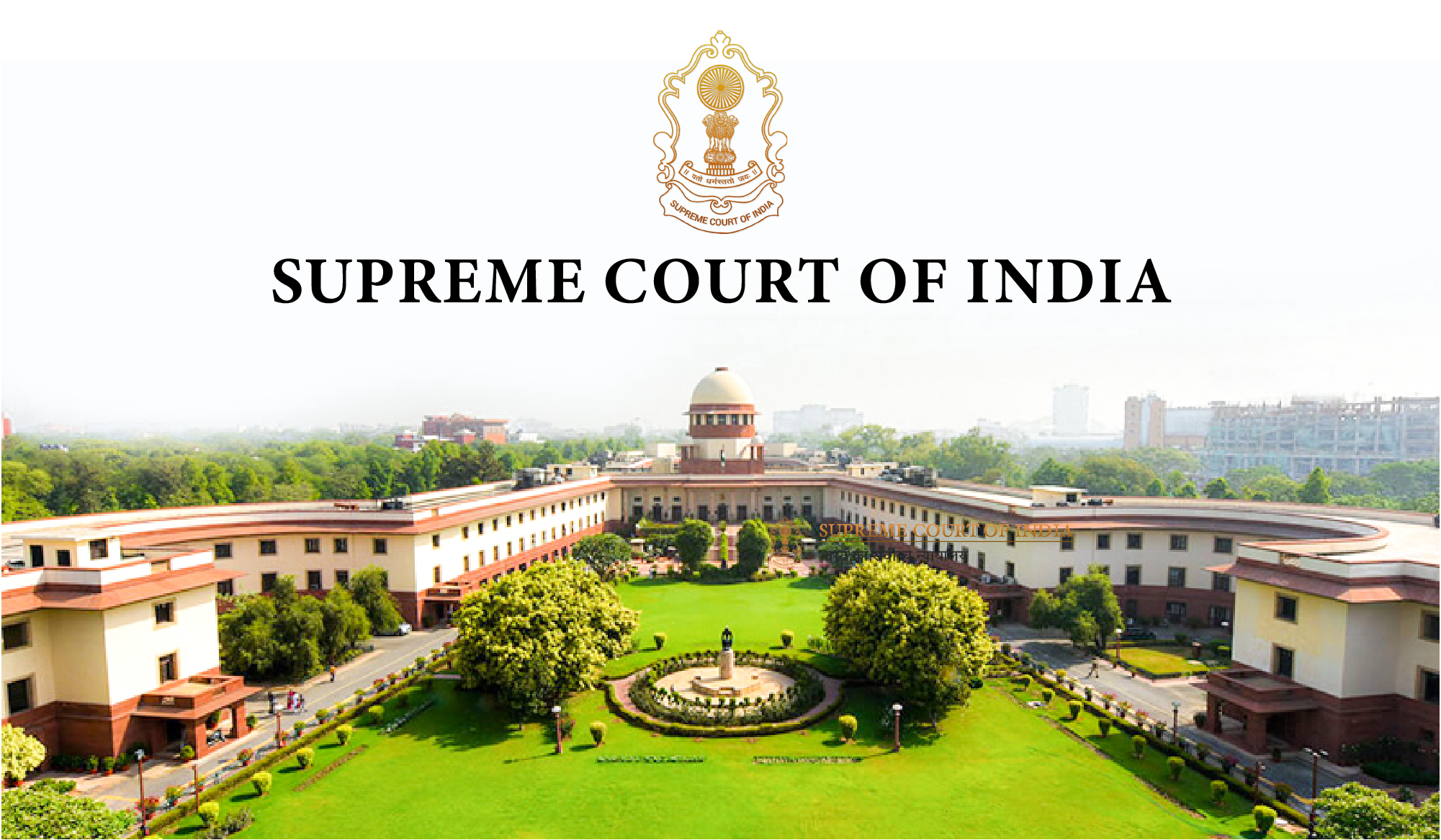
The Supreme Court of India often hailed as the guardian of justice and the final arbiter of legal disputes, stands at the pinnacle of the country’s judicial hierarchy. With its decisions influencing the course of the nation’s legal framework, the Supreme Court consistently finds itself in the limelight. In this article, we delve into the key trends and recent developments surrounding the Supreme Court of India, shedding light on the institution’s evolving role and impact.
Landmark Decisions
One cannot discuss the Supreme Court without acknowledging its role in shaping the legal landscape through landmark decisions. In recent years, the court has grappled with a myriad of issues, ranging from constitutional matters to socio-political concerns. One such decision that reverberated across the nation was the Ayodhya verdict, where the court resolved the contentious Ram Janmabhoomi-Babri Masjid land dispute. This decision not only showcased the court’s commitment to delivering justice but also underscored its role in fostering communal harmony.
Additionally, the Supreme Court’s intervention in matters of public interest has been noteworthy. From environmental concerns to issues of fundamental rights, the court has consistently demonstrated its commitment to safeguarding the interests of the public. Recent decisions on environmental conservation and air pollution reflect the court’s proactive stance in addressing contemporary challenges.
Judicial Activism vs. Judicial Restraint
The Supreme Court’s approach to jurisprudence has been a subject of debate, with discussions centering around the concepts of judicial activism and judicial restraint. While some argue that an active judiciary is essential to protect citizens’ rights, others caution against overreach, advocating for a more restrained approach. Recent cases, such as those related to civil liberties and the right to privacy, showcase the delicate balance the court strives to maintain.
The court’s involvement in social issues, including gender equality and LGBTQ+ rights, exemplifies its commitment to progressive values. Landmark decisions such as the decriminalization of homosexuality in Navtej Singh Johar v. Union of India and the recognition of the transgender community’s rights in NALSA v. Union of India highlight the court’s proactive role in championing social justice.
Technology and the Virtual Courtroom
In response to the challenges posed by the COVID-19 pandemic, the Supreme Court embraced technology, transitioning to virtual court proceedings. This move not only ensured the continuity of the judicial process but also marked a significant step towards a more technology-driven judiciary. The virtual courtroom not only enhanced accessibility but also expedited the resolution of cases, showcasing the court’s adaptability in the face of unprecedented circumstances.
Challenges and Controversies
Despite its esteemed position, the Supreme Court has not been immune to criticism and controversies. Issues such as the delay in disposing of cases, concerns about judicial transparency, and allegations of judicial misconduct have raised questions about the court’s efficacy. The collegium system for appointing judges has also been a subject of debate, with calls for reforms to ensure a more transparent and accountable selection process.
Political Ramifications
The Supreme Court’s decisions often carry significant political implications, influencing the course of governance and shaping public discourse. From matters related to electoral politics to constitutional amendments, the court’s pronouncements have far-reaching consequences. The recent debates around electoral bonds, the abrogation of Article 370 in Jammu and Kashmir, and the interpretation of anti-defection laws underscore the court’s role in navigating the intersection of law and politics.
Future Trends and Expectations
As we look to the future, several trends are likely to define the trajectory of the Supreme Court. The integration of technology into the judicial process is expected to continue, with advancements such as artificial intelligence potentially playing a role in legal research and case management. Efforts to address the backlog of cases and streamline the judicial system are likely to be at the forefront of judicial reforms.
Moreover, the court’s role in addressing emerging challenges, such as data privacy, cybersecurity, and the ethical implications of technological advancements, will be closely watched. As society evolves, the Supreme Court is poised to play a pivotal role in interpreting the law to keep pace with changing realities.
Read Also: How Do You Know if Someone is Mature or Not?
Conclusion
The Supreme Court of India stands as a beacon of justice, navigating the complexities of law, politics, and societal values. Its decisions resonate beyond the courtroom, shaping the nation’s legal and social fabric. As the court continues to evolve, embracing technology and responding to contemporary challenges, it remains an indispensable pillar of India’s democratic framework. The trends discussed here offer a glimpse into the multifaceted role of the Supreme Court, reminding us of its enduring significance in the country’s journey toward a more just and equitable society.


